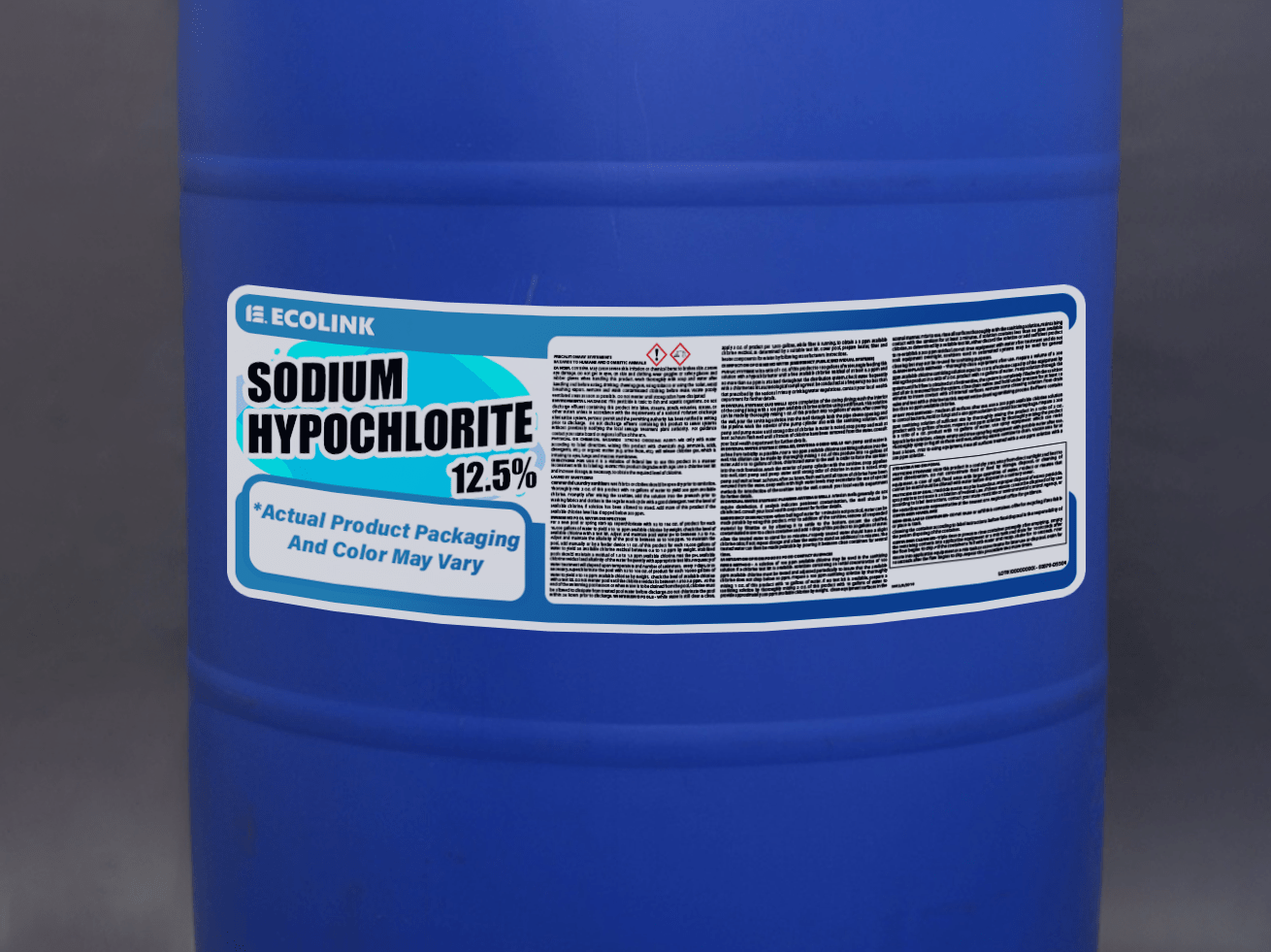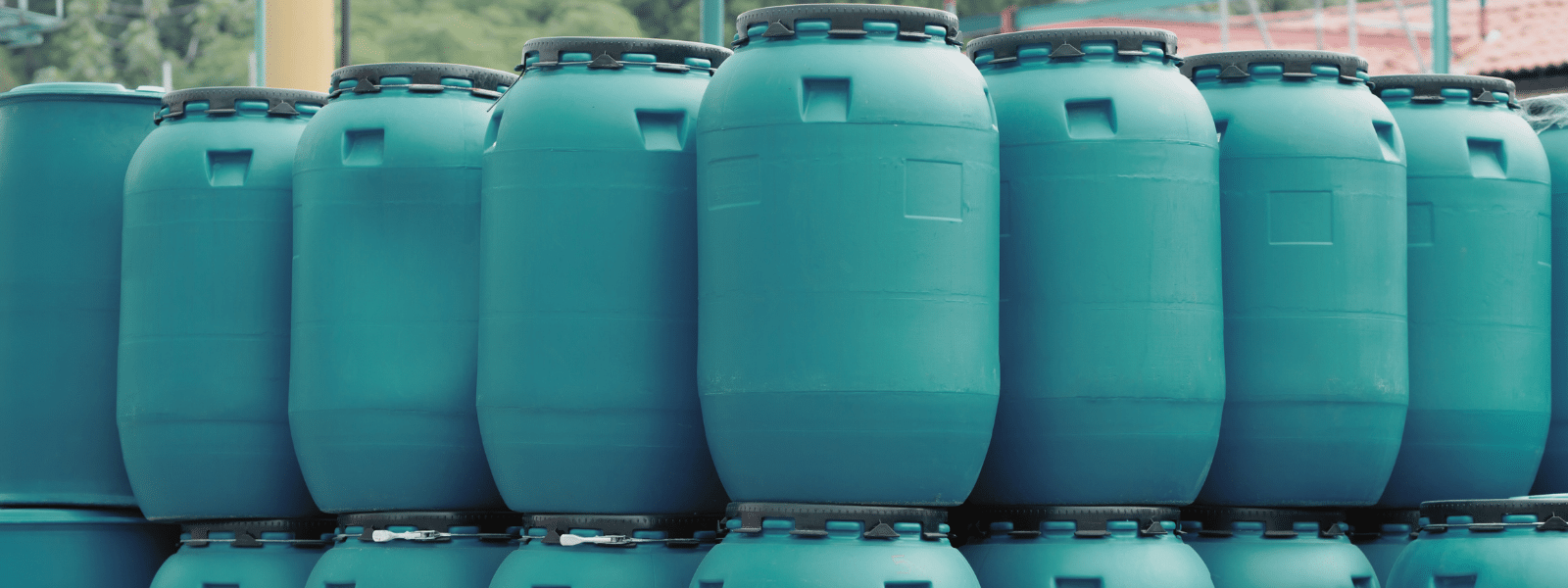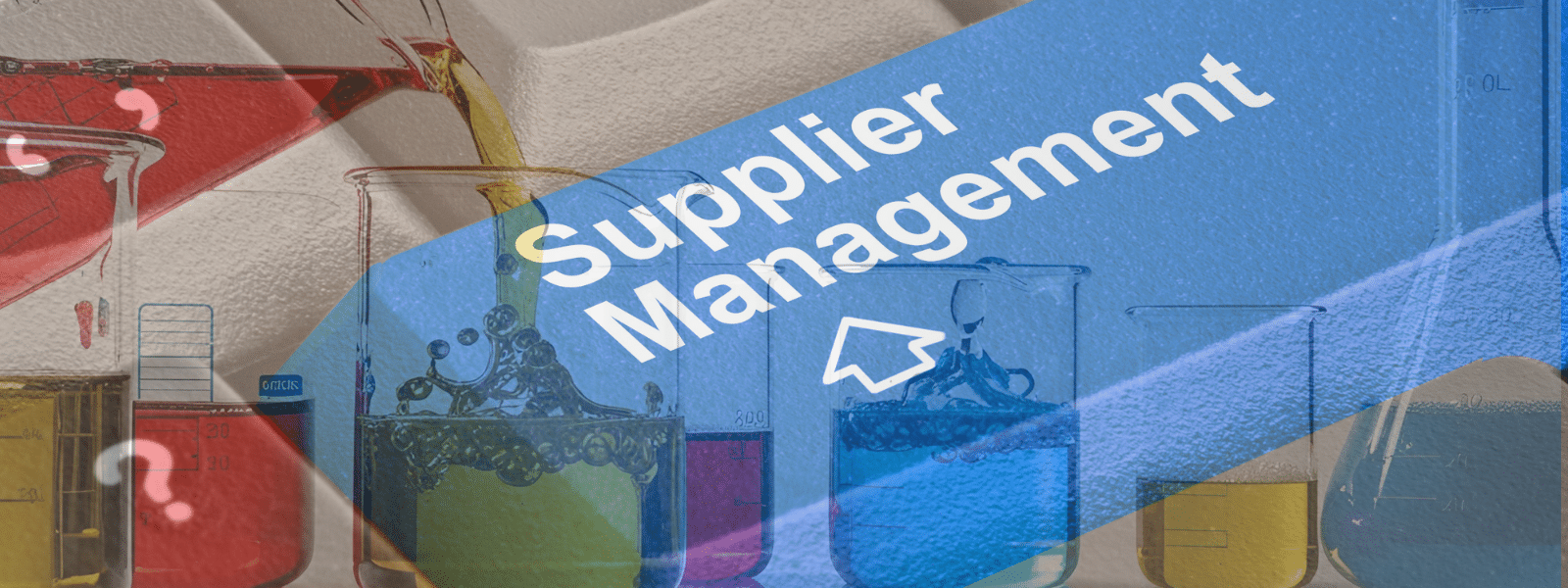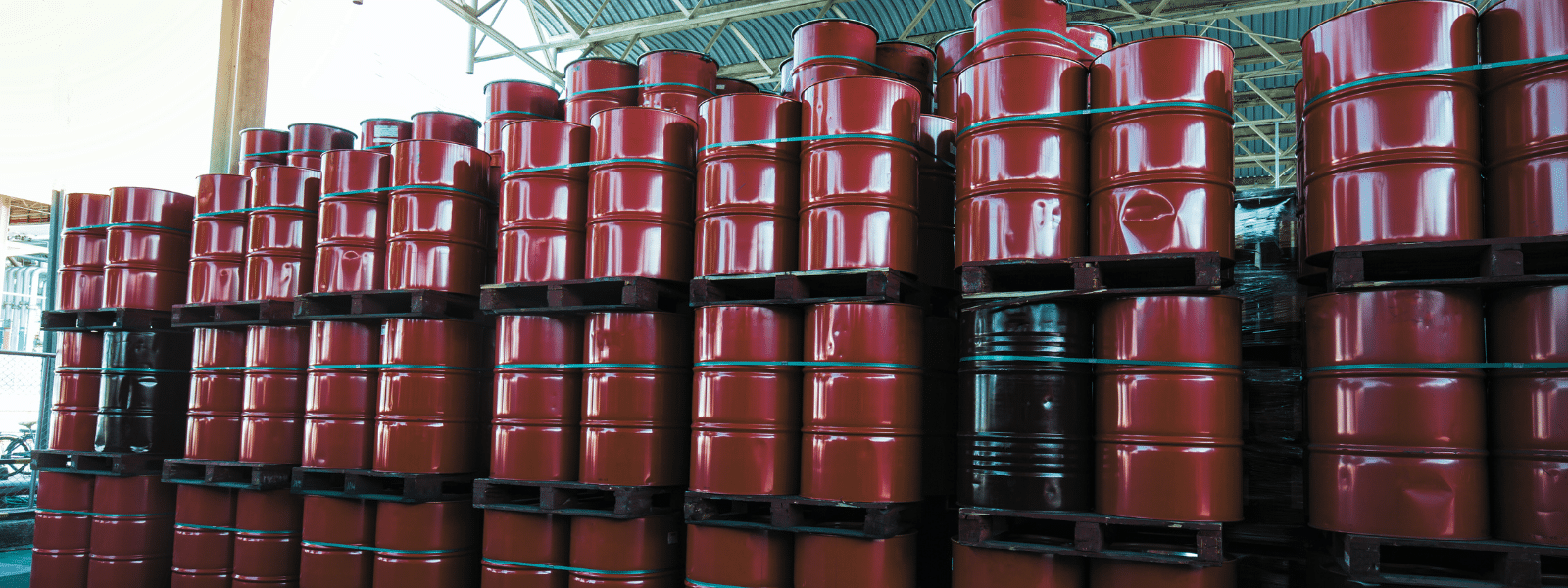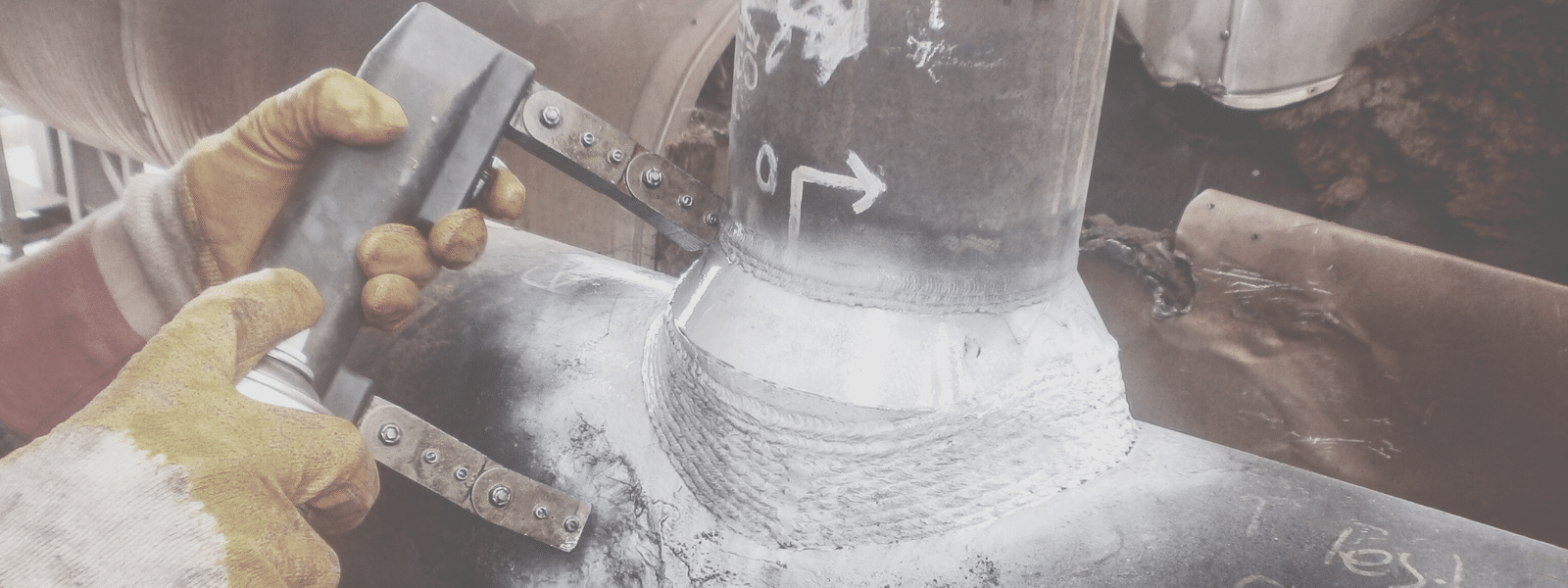Industrial systems utilize the cooling mechanism of water evaporation to remove heat from high-powered mechanical processes. Often, the water used...
Blog


CHEMICAL INDUSTRY NEWS
Chemical Chat – Discover What’s New!
The Benefits of Dynamo Coil Descaler
Cleaning Heating Coils Are you looking for a new cleaning solution for heating coils or other metal surfaces? Dynamo Coil Descaler might just be...
Where To Buy Heptane
Wondering where to buy heptane in bulk? Ecolink is a trusted, industrial supplier of many chemicals, including heptane. We offer heptane in...
Sodium Hypochlorite In Bulk
Can you buy sodium hypochlorite in bulk? Yes, you can, and finding a reliable bulk supplier to work with is key....
The Benefits of Dynamo Coil Descaler
Cleaning Heating Coils Are you looking for a new cleaning solution for heating coils or other metal surfaces? Dynamo...
Company News

Managed Services
Discover the Latest in Safe and Sustainable Chemical Solutions
Stay informed with Ecolink’s blog! Subscribe now
Chemical Management Information
Stay updated with us
Sign Up for the Latest Updates
Stay informed about chemical supply chain disruptions and emerging innovations to keep your business at the forefront of efficiency and innovation. Uncover new ways to make your business practices more sustainable by incorporating safer products into your cleaning lineup.






